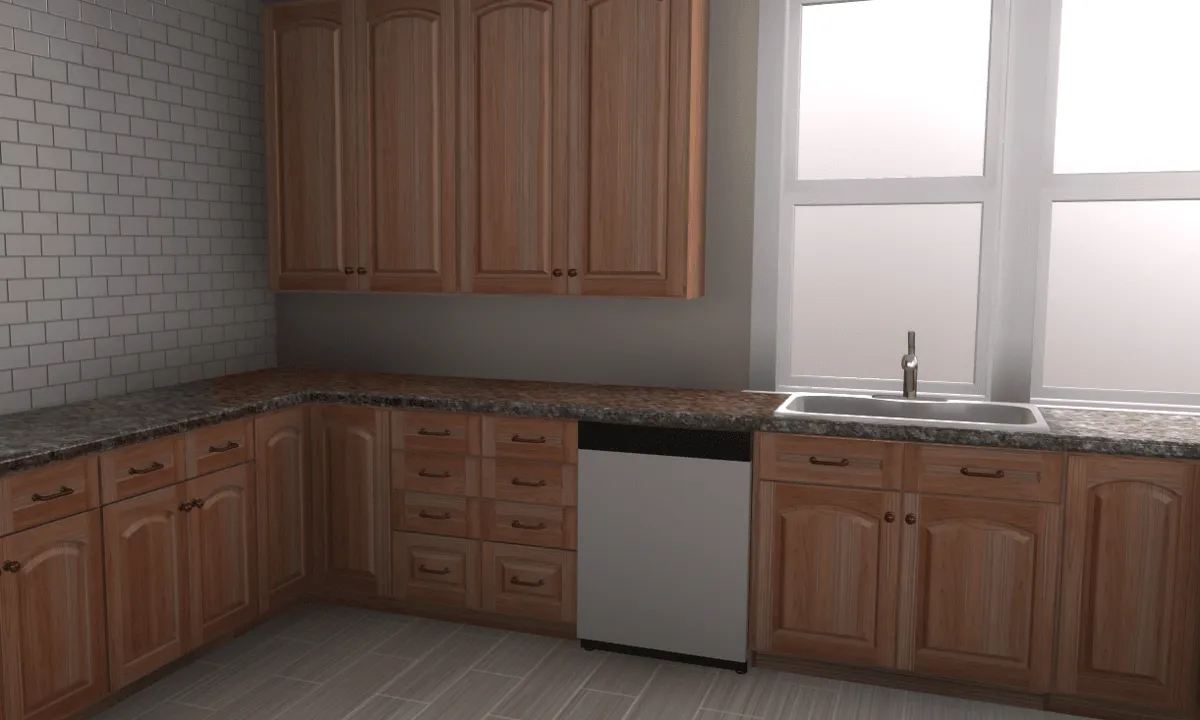
Cinematic Design in Unity with Cinemachine and Timeline 
This course provides an introduction to cinematic design in Unity, using Cinemachine and Timeline to create cut scenes for games. Learn how to plan and produce cut scenes from pre-production to implementation. ▼
ADVERTISEMENT
Course Feature
![]() Cost:
Cost:
Free Trial
![]() Provider:
Provider:
Pluralsight
![]() Certificate:
Certificate:
Paid Certification
![]() Language:
Language:
English
![]() Start Date:
Start Date:
On-Demand
Course Overview
❗The content presented here is sourced directly from Pluralsight platform. For comprehensive course details, including enrollment information, simply click on the 'Go to class' link on our website.
Updated in [March 06th, 2023]
This course, Cinematic Design in Unity with Cinemachine and Timeline, provides an introduction to creating cut scenes in Unity. Students will learn the principles of narrative design and how to create cut scenes using Unity. The course begins with a review of design documents to understand what needs to be communicated to the player in the scene, and storyboarding out designs. Then, students will move into Unity and use Timeline and Cinemachine to recreate their storyboard in the engine. Finally, students will take these new tools a step further by building a small triggered cut scene event. By the end of this series, students will feel more confident about designing cut scenes for their own game, and using the suite of cinematic tools available in Unity. Topics covered include Course Overview, Introduction, Working with Design Documents, Storyboarding, and Building the Opening Cut Scene.
[Applications]
Upon completion of this course, students will have a better understanding of cinematic design in Unity with Cinemachine and Timeline. They will be able to create cut scenes with Unity, starting at the pre-production phase, and will be able to use design documents to understand what needs to be told in the scene, and storyboard out their designs. Additionally, they will be able to use Timeline and Cinemachine to recreate their storyboard in the engine, and build a small triggered cut scene event.
[Career Paths]
1. Cinematic Designer: Cinematic Designers are responsible for creating cut scenes and other cinematic elements for video games. They work with game designers and developers to create engaging and visually appealing cut scenes that help to tell the story of the game. Cinematic Designers must have a strong understanding of narrative design, as well as the technical skills to create cut scenes in Unity. As the gaming industry continues to grow, the demand for Cinematic Designers is expected to increase.
2. Unity Developer: Unity Developers are responsible for creating and maintaining games using the Unity game engine. They must have a strong understanding of the Unity engine, as well as the ability to create and integrate cut scenes into the game. As the gaming industry continues to grow, the demand for Unity Developers is expected to increase.
3. Narrative Designer: Narrative Designers are responsible for creating the story and narrative elements of a game. They work with game designers and developers to create engaging and compelling stories that help to drive the game forward. Narrative Designers must have a strong understanding of narrative design, as well as the ability to create cut scenes in Unity. As the gaming industry continues to grow, the demand for Narrative Designers is expected to increase.
4. Level Designer: Level Designers are responsible for creating the levels and environments of a game. They must have a strong understanding of level design, as well as the ability to create and integrate cut scenes into the game. As the gaming industry continues to grow, the demand for Level Designers is expected to increase.
[Education Paths]
1. Bachelor of Arts in Cinematic Design: This degree program focuses on the creative and technical aspects of cinematic design, including storyboarding, cinematography, and editing. Students learn how to create compelling visuals and stories that can be used in film, television, and video games. They also learn how to use software such as Unity, Timeline, and Cinemachine to create cut scenes. This degree is becoming increasingly popular as the demand for cinematic design in the gaming industry grows.
2. Bachelor of Science in Computer Science: This degree program focuses on the fundamentals of computer science, including programming, algorithms, and data structures. Students learn how to develop software applications and use software development tools such as Unity. This degree is becoming increasingly popular as the demand for software developers in the gaming industry grows.
3. Master of Arts in Game Design: This degree program focuses on the design and development of video games. Students learn how to create game mechanics, design levels, and use software such as Unity to create cut scenes. This degree is becoming increasingly popular as the demand for game designers in the gaming industry grows.
4. Master of Science in Computer Science: This degree program focuses on the fundamentals of computer science, including programming, algorithms, and data structures. Students learn how to develop software applications and use software development tools such as Unity. This degree is becoming increasingly popular as the demand for software developers in the gaming industry grows.
Course Provider

Provider Pluralsight's Stats at AZClass
Pluralsight ranked 16th on the Best Medium Workplaces List.
Pluralsight ranked 20th on the Forbes Cloud 100 list of the top 100 private cloud companies in the world.
Pluralsight Ranked on the Best Workplaces for Women List for the second consecutive year.
AZ Class hope that this free trial Pluralsight course can help your Unity skills no matter in career or in further education. Even if you are only slightly interested, you can take Cinematic Design in Unity with Cinemachine and Timeline course with confidence!
Discussion and Reviews
0.0 (Based on 0 reviews)
Explore Similar Online Courses

Gradle for Android and Java

Learn Chess in 30 minutes

Python for Informatics: Exploring Information

Social Network Analysis

Introduction to Systematic Review and Meta-Analysis

The Analytics Edge

DCO042 - Python For Informatics

Causal Diagrams: Draw Your Assumptions Before Your Conclusions

Whole genome sequencing of bacterial genomes - tools and applications

Learn Unity 3D and C# By Making a Full Game (2023)

Asset Creation and Management


Start your review of Cinematic Design in Unity with Cinemachine and Timeline